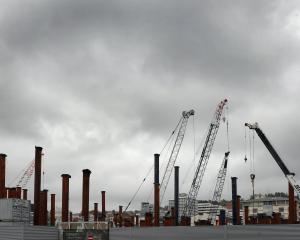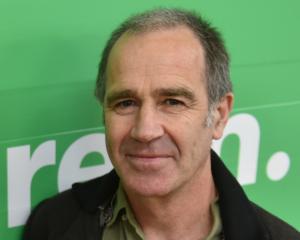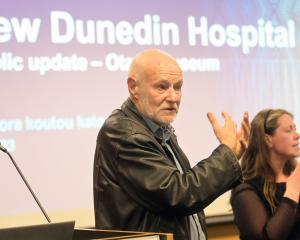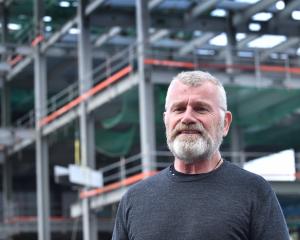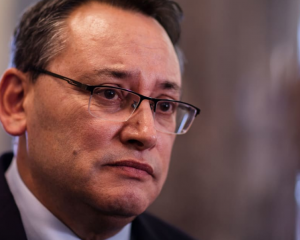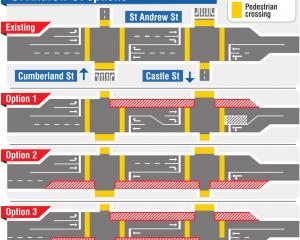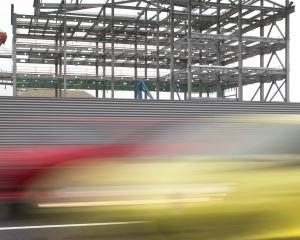
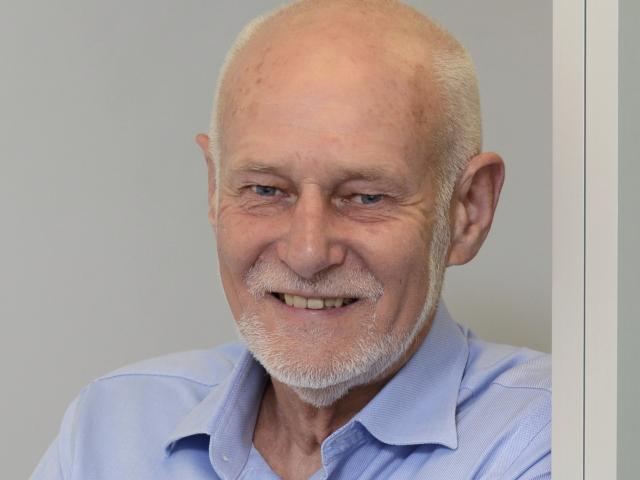
Those issues are all fully resolved, so the key risk is now finding the construction workforce. New Zealand's largest ever hospital building is being built right here, in a smallish city a long way from a big labour pool. It is as large as it is because it is more or less a totally new facility: not just a new children's wing or a new surgical block, but the whole lot. It will need a large workforce to build it.
Christchurch is struggling for workers even eight years after the earthquakes. Christchurch has built three new hospital buildings since then, two of which have opened. The third, called the acute services block, is delayed because of difficulty recruiting tradespeople, despite already having hundreds of Filipino workers on site. It is a big building, and a complicated one, yet the new Dunedin hospital will be even bigger.
However, we have two things in our favour. We have an excellent ability to work together as a city and region, and we have a bit of time.
Our ability to work together means that we can identify what else is going on in the region before, during and after the hospital construction. We will soon begin a detailed analysis to discover, roughly, how many of each trade the region will need each year over the next decade or two. To the extent that commercial sensitivity allows, we will make that information public so people can plan their lives or their businesses accordingly.

Meanwhile, the university construction programme will dovetail with the new hospital. Right now, there are about 350 construction staff involved in projects such as the new dental school. As those projects wind down, the new hospital will crank up.
This was part of the logic behind the announcement by Health Minister Dr David Clark in December to fast-track the new outpatients and day surgery block. The labour requirement happens to be about 350, so some continuity of work will result.
The bigger challenge is the big inpatient building. The workforce for that may be 900 or more, across several years, depending on how much pre-construction is done offsite. It is obvious we will need to import at least some skills. But it is vital we train as many of our own workers as possible, so reducing the need to import people as far as practicable.
To that end, the region's industries, training providers, local governments and business organisations - along with New Zealand government departments - have joined forces. Plans are being developed to engage with school leavers, unemployed folk, inmates, those thinking of returning to Dunedin - anybody who may want to enter the industry. We need to address barriers that some people face with training - disability, self-confidence, addiction, illiteracy, no driver's licence - in order to maximise opportunities for locals.
One of the opportunities is the extra housing needed for those workers we have to import. We want to avoid a large contractor buying up a bunch of motels for their imported workforce, thereby damaging our local tourism industry. So, plans are afoot to step up housing construction, by various means, and to train more apprentices as we go.
None of this is straightforward, because it isn't always rational for a local business to train a whole lot of new people in the hope of picking up a contract in the future.
That's why the Government has announced a variety of policies to assist, such as group training schemes whereby a third party becomes the employer of apprentices. There are also programmes that target Maori and Pacific Island youth and businesses, the Mana in Mahi scheme for people on the dole who want to become apprentices, more support for skills hubs, and so on.
Importantly, there is a change under way in the way the Government is procuring large contracts. No longer will it be acceptable for tenderers to freeload on other businesses for staff. Future contracts are likely to favour those industry players who have taken a strategic approach to training.
• Next week: What happens next?
- Pete Hodgson is chairman of the Southern Partnership Group which is overseeing the construction of the new hospital. Any views expressed are his own.

